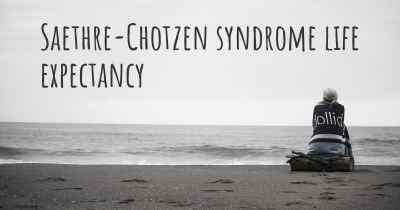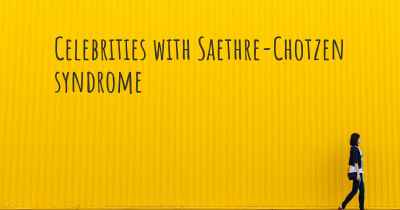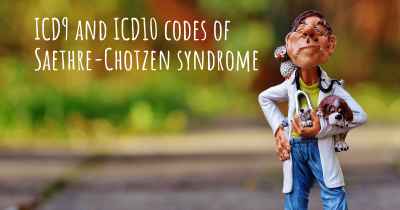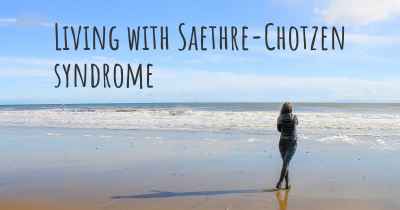Is Saethre-Chotzen syndrome hereditary?
Here you can see if Saethre-Chotzen syndrome can be hereditary. Do you have any genetic components? Does any member of your family have Saethre-Chotzen syndrome or may be more predisposed to developing the condition?
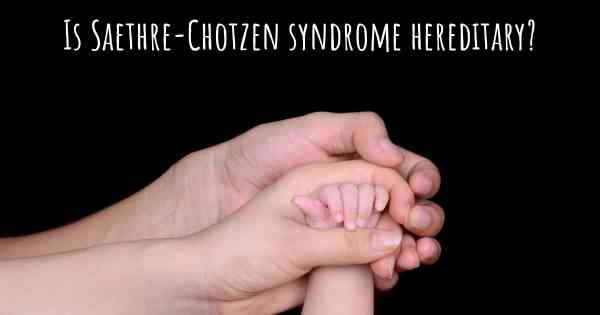
Saethre-Chotzen syndrome is a genetic disorder characterized by craniosynostosis, which is the premature fusion of certain skull bones. It is typically caused by mutations in the TWIST1 gene. The syndrome follows an autosomal dominant inheritance pattern, meaning that it can be passed down from an affected parent to their children. However, in some cases, it can also occur sporadically without a family history. Genetic counseling is recommended for individuals with a family history of Saethre-Chotzen syndrome.
Saethre-Chotzen syndrome is a rare genetic disorder that affects the development of the skull and face. It is characterized by the premature fusion of certain skull bones, leading to various craniofacial abnormalities. These abnormalities can include a misshapen head, facial asymmetry, low-set ears, a small jaw, and a prominent forehead.
One of the key questions that individuals and families affected by Saethre-Chotzen syndrome often have is whether the condition is hereditary. In other words, they want to know if there is a genetic component that can be passed down from parents to their children.
The answer is yes, Saethre-Chotzen syndrome is indeed hereditary. It is caused by mutations in the TWIST1 gene, which is responsible for providing instructions for the production of a protein involved in the development of bones and other tissues in the body. These mutations can be inherited from a parent who also carries the mutated gene or can occur spontaneously during the formation of reproductive cells or early development.
Since Saethre-Chotzen syndrome follows an autosomal dominant pattern of inheritance, an affected individual has a 50% chance of passing the mutated gene on to each of their children. This means that if one parent has the syndrome, there is a 50% chance that their child will inherit the condition.
It is important to note that not all individuals with Saethre-Chotzen syndrome have an affected parent. As mentioned earlier, spontaneous mutations can occur during early development or in reproductive cells, leading to the syndrome in individuals without a family history of the condition.
Genetic testing can be conducted to confirm a diagnosis of Saethre-Chotzen syndrome and identify the specific mutation in the TWIST1 gene. This can be particularly useful for individuals without a family history of the condition, as it can help determine whether the syndrome is due to a spontaneous mutation or inherited from a parent.
For families with a known history of Saethre-Chotzen syndrome, genetic testing can also be used to determine whether a parent carries the mutated gene and assess the risk of passing it on to future children.
It is important for individuals and families affected by Saethre-Chotzen syndrome to consult with a genetic counselor or a healthcare professional with expertise in genetics. They can provide detailed information about the inheritance pattern, the likelihood of passing on the syndrome, and the available options for genetic testing and family planning.
In conclusion, Saethre-Chotzen syndrome is a hereditary condition caused by mutations in the TWIST1 gene. It can be inherited from an affected parent or occur spontaneously due to new mutations. Genetic testing and counseling play a crucial role in understanding the inheritance pattern and making informed decisions regarding family planning.
